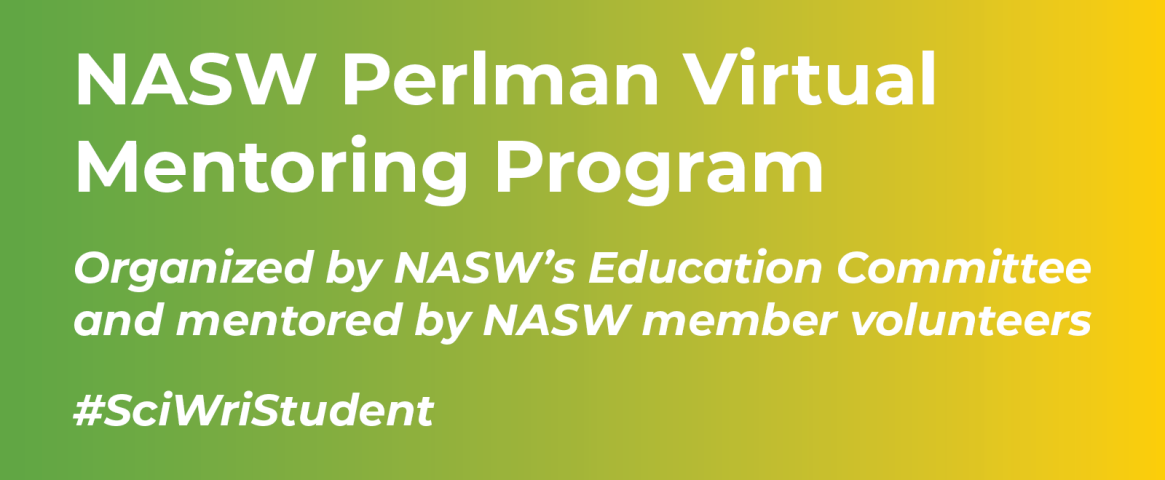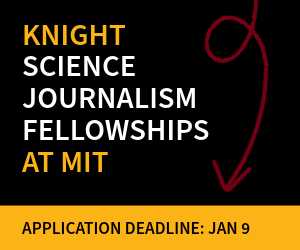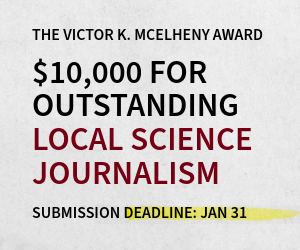This student story was published as part of the 2023 NASW Perlman Virtual Mentoring Program organized by the NASW Education Committee, providing science journalism practice and experience for undergraduate and graduate students.
Story by Isabella Hetherington
Mentored and edited by Elizabeth Preston
Although the cause of cystic fibrosis (CF) is no mystery, scientists have struggled to find a cure. Now they may have gotten one step closer.
Researchers used the gene-editing technology CRISPR to correct one of the most common mutations that causes cystic fibrosis. In the lab, the edited genes produced functional proteins. The results may pave the way for a new treatment for CF patients.
Cystic fibrosis is a devastating disease that affects over 100,000 people worldwide. As a genetic disorder, it results from mutations in a gene called CFTR. People with two mutated copies of the CFTR gene will develop the disease.
Normally, the CFTR gene produces a protein that carries chloride ions in and out of a person’s cells, which is important for the movement of water in tissues. But mutated CFTR genes make proteins that can’t do this job properly. This leads to abnormal mucus formation in organs throughout the body. As a result, people with CF frequently face dangerous lung infections, gastrointestinal issues, and shortened life expectancies.
CRISPR technology has been revolutionary in letting scientists precisely edit the genome. Anna Cereseto, professor and deputy dean of the Department of Cellular, Computational and Integrative Biology at the University of Trento in Italy, wanted to harness this technology to correct one of the most common genetic mutations found in CF patients.
Cereseto and her group published their research earlier this year in Molecular Therapy. They performed their experiments using cutting-edge models called organoids. These are simplified, organ-like cell cultures that scientists can grow in labs. Dr. Cereseto’s group used organoids grown from the cells of CF patients. With their gene therapy, they were able to correct the CFTR mutation in these tissues, with minimal unwanted effects.
Cereseto believes using CRISPR-based technology could be the answer to providing better treatment options for those with CF. “Gene therapy through genome editing, in principle, could repair the genetic defect permanently,” she says.
However, she admits that there are some downsides to this type of treatment. She especially emphasized the challenge of getting the gene therapy where it needs to go in the body. “Transferring the correct gene or genome-editing tools to cells in lungs (the main affected organ) is extremely difficult,” she said, and there is still a lot of work to be done before these therapies are ready for patients.
Sophie Darch, assistant professor in the Department of Molecular Medicine at the University of South Florida, is also studying avenues to fight CF. She agreed that exploring new ways to fix nonfunctioning CFTR genes, as Cereseto’s group did in its study, is an important part of CF research.
However, she emphasized that these kinds of gene therapy cures should not be the sole focus of the CF field. For example, instead of concentrating on targeting the defective CFTR gene, Darch’s team focuses on the microbial communities that invade the lungs of people with CF. She believes that since these lung infections are the biggest cause of mortality for CF patients, her research fills an important role.
“It’s such a complex and diverse disease,” Darch says. The cure, she adds, is “not going to be one-size-fits-all.”
Isabella Hetherington is a PhD Candidate and NIH Pre-doctoral Fellow at the Morsani College of Medicine, University of South Florida. Her research aims to develop novel therapeutics to treat atherosclerotic cardiovascular disease. You can reach Isabella at hetherington@usf.edu
The NASW Perlman Virtual Mentoring program is named for longtime science writer and past NASW President David Perlman. Dave, who died in 2020 at the age of 101 only three years after his retirement from the San Francisco Chronicle, was a mentor to countless members of the science writing community and always made time for kind and supportive words, especially for early career writers. Contact NASW Education Committee Co-Chairs Czerne Reid and Ashley Yeager and Perlman Program Coordinator Courtney Gorman at mentor@nasw.org. Thank you to the many NASW member volunteers who spearhead our #SciWriStudent programming year after year.
Founded in 1934 with a mission to fight for the free flow of science news, NASW is an organization of ~ 2,600 professional journalists, authors, editors, producers, public information officers, students and people who write and produce material intended to inform the public about science, health, engineering, and technology. To learn more, visit www.nasw.org




